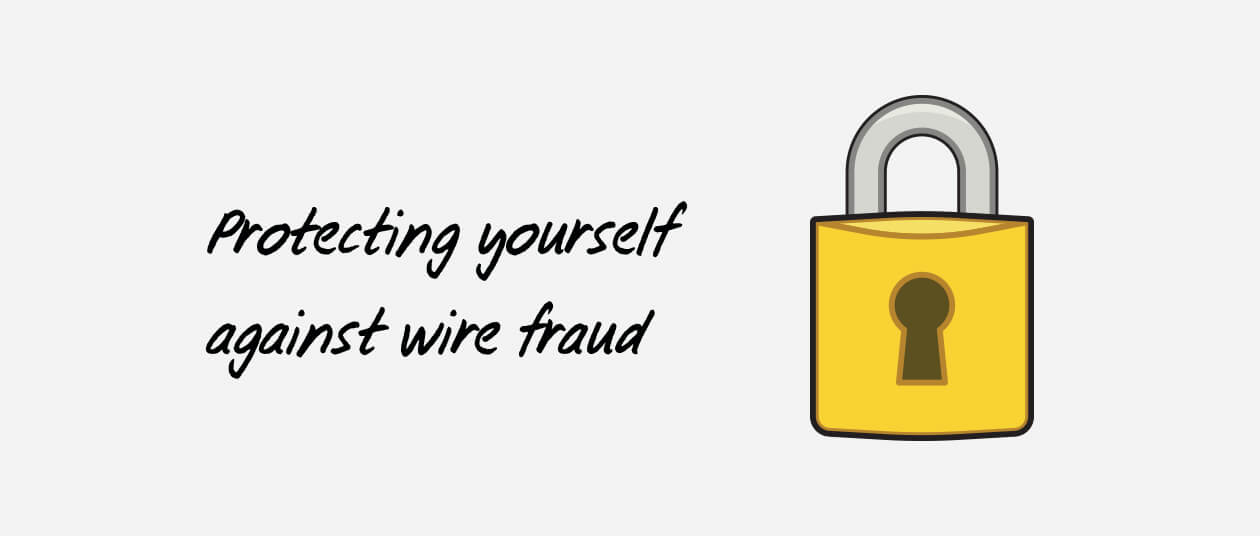The gig economy is no longer just for side hustlers. It’s become an important aspect of work life for many people. Gig workers—defined as those who participate in short-term contracts or freelance work—now represent more than one in 10 Canadian adults (13%). And, no matter their career fields, these workers all share something in common: no participation in an employer-sponsored retirement plan. What this means is a lack of employer contributions to gig workers’ future savings with Registered Retirement Savings Plan (RRSP) matching or other corporate perks.
Saving for retirement without the foundation of an employer-owned benefits package can be challenging—especially for those with unsteady incomes or high operating expenses. But delaying or avoiding saving for the long-term means missing out on the benefit of compound interest, thus minimizing your financial potential over time.
Adhering to a few best practices can help gig workers not only stay on top of their retirement savings but also make the most of the financial opportunities and investment vehicles available to them. Here are four key strategies for setting up a plan to save:
1. Know your obligations.
Being self-employed has many advantages, including the flexibility and autonomy to operate on your own schedule. But you need a basic understanding of tax obligations to properly manage your finances. For instance, “you have to make personal income tax installments in the current year based on your previous year’s actual taxes owed,” Charles Hall, CPA and the founder of Hall & Company, a Vancouver accounting practice that works with contractors and the self-employed.
What’s also important to note tax-wise: As of 2017, self-employed individuals and freelancers in Canada must pay quarterly income taxes if they expect to owe more than $3,000 for the year (for residents of Quebec the threshold is $1,800).
Canadians also have another key financial consideration: Paying 100% of Canada Pension Plan contributions.
While the Pension Plan is a beneficial savings program, just remember that if you’re a self-employed person, you have to cover both employee and employer portions. “This amount can add up to an additional $3,000 a year that needs to come from your earnings,” says Hall.
It may seem intimidating to manage all these obligations by yourself. But a financial punch list can be a great start.
2. Track your costs and your budget.
Income taxes and pension contributions are just two expenses gig workers need to keep track of. Other possible line items could be office space, supplies, gas for work trips, marketing services, client meals, or subcontractor costs, which can add up. A shortfall of many gig workers is a failure to tally—and budget for—these types of necessary costs.
When you’re on your own—perhaps coming out of a job and then becoming freelance—you may have no background in financial management and no benchmarks to go by. “One of the most important things is to organize your record-keeping to capture deductible expenses,” says Hall. In addition, “organizing your finances and creating a budget is incredibly important.”
There are tools that can help you get there. Coast Capital’s free budgeting calculator can help you crunch the numbers for actionable results. And if you’re a Coast Capital member, you can calculate your budget while you’re online banking with the Money Manager tool, making it easier to track your spending against your budget. If you need help organizing your expenses for tax purposes, look into accounting software such as QuickBooks. For gig workers, do-it-yourself bookkeeping is actually quite common and not as daunting as it seems.
3. Set up retirement savings accounts and contributions.
In creating your budget, “decide how you’re going to invest your extra cash and working capital,” says Hall. Freelancers and other gig workers are wise to set up a low-risk savings vehicle such as a tax-free savings account (TFSA) or RRSP. Both products allow funds or investment assets to grow tax-free, but they differ in important ways.
For instance, “the tax-free savings account is an excellent opportunity for younger people,” says Hall. “I recommend investing to the maximum at all times.”
When you factor in compounding to your investment strategy, “RRSPs are good as well but they’re a different beast in that you can’t borrow money out of your RRSP [tax-free] except for the first time you buy a home,” says Hall. Any other withdrawals may be taxed and burn up contribution room.
On the other hand, “the tax-free savings account enables you to borrow money out of your TFSA [any time] and then pay it back in the subsequent year,” says Hall.
Whichever you choose, here’s an important tip: Automate your payments. Setting up pre-authorized contributions (PACs) allows a gig worker—or anyone else—to make deposits to a TFSA or RRSP on a consistent, pre-determined schedule in pre-set amounts that are automatically transferred from a bank account. (Think: set it and forget it.)
If this arrangement doesn’t feel realistic for your budget, plan on saving 5% to 10% of any paycheques that you receive first—since it’s much harder to take from what might be leftover.
4. Track and segregate any taxes you charge.
As a freelancer, gig worker, or solopreneur who provides goods or services, you’ll likely charge clients a 5% tax at the time of invoicing. “You want to get registered for GST [goods and services tax] if or when your revenues exceed $30,000,” advises Hall, noting that some businesses are responsible for both GST and PST (provincial sales tax). In some provinces, the GST has been combined with provincial sales tax to create the harmonized sales tax, or HST. (HST rates vary by province.)
When it comes to receiving those GST tax payments at the time of invoicing, “it’s very important to segregate those funds and have them available for when your GST returns are due to be filed,” adds Hall, noting that GST is typically remitted in quarterly payments that amount to one-fourth of the net tax from the previous year. “[Gig workers] definitely should have a separate bank account for saving the tax money,” says Hall.
5. Think of your future self.
Ultimately, saving like a corporate employee, while enjoying the benefits of gig working is possible. It just requires more thoughtful planning towards a future goal.
As your freelance business grows, investing in tools and infrastructure can help maximize your financial potential over time. Using software to track and manage revenues and expenses, for example, can help set you up for long-term success. Lastly, meeting with an accountant to help you stay on track when it comes to your business and taxes could also be a good step.
Just keep in mind, the money you’re painstakingly putting aside each month is cash you can stash in a high-interest savings account or invest in a RRSP or TFSA—all with the goal of helping out your future self.
To better understand the best ways to save as a gig worker, book an appointment with a Coast Capital financial advisor for some additional guidance.



